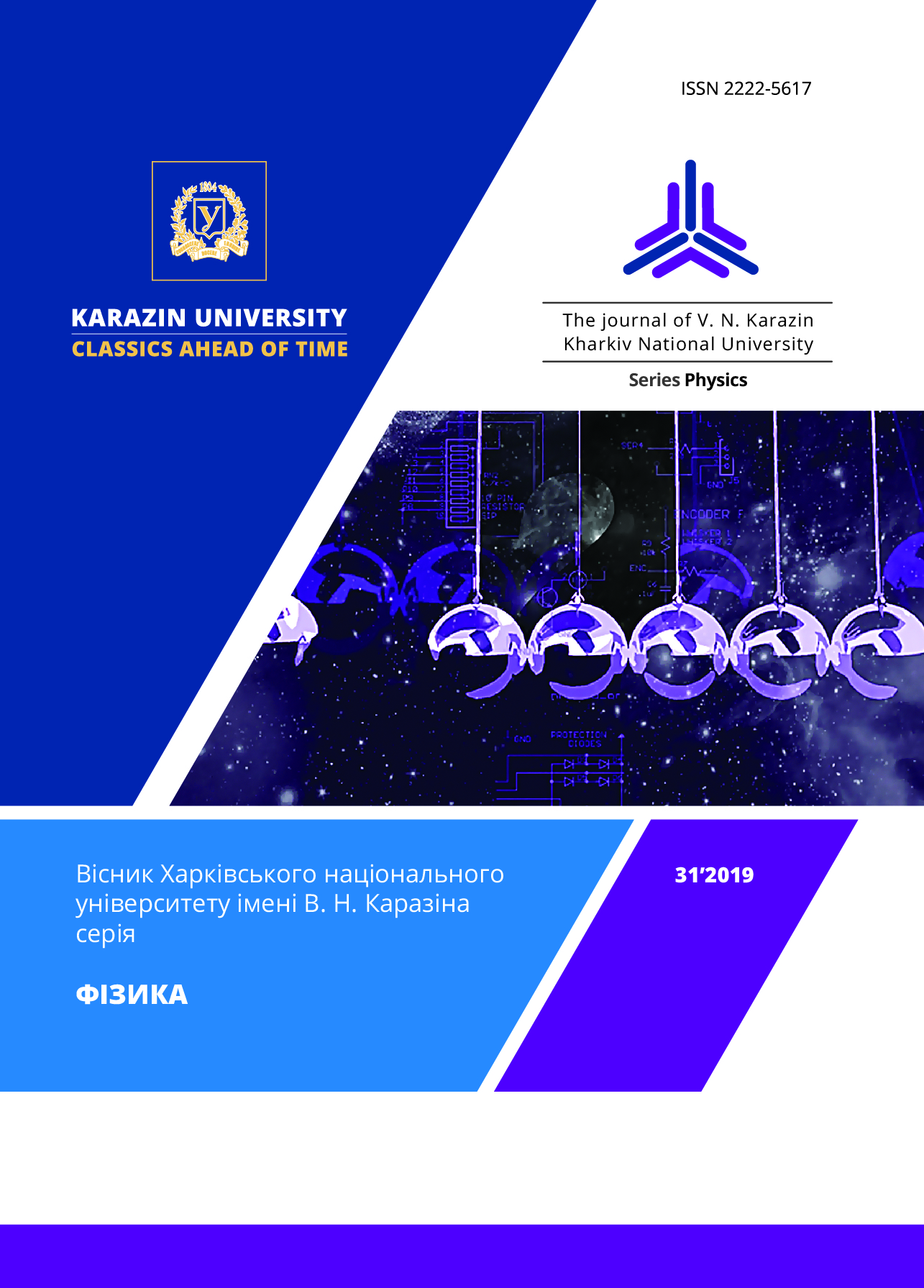Coherent emission from the stack of Josephson junctions with the non-uniform inductive interaction
Abstract
During last decade, considerable efforts were made to achieve coherent emission from stacks of many Josephson junctions. It is known that strong emission from a junction in the presence of external magnetic field appears at the so-called Fiske steps in the IV-characteristic at voltages which correspond to frequencies of geometrical resonances. However, it is possible to obtain resonant steps in long junctions without external magnetic field. The periodical movement of fluxons is excited due to some disorder in the distribution of critical currents along junctions. The so-called zero-field steps are formed in the IV-curve due to the interaction of fluxons with oscillations of voltage at Josephson frequencies. We investigated numerically IV-characteristics and the dependence of the average square of ac voltage at the end of the stack of two long Josephson junctions on the average voltage. Junctions interacted inductively with each other. We introduced not only the Gaussian distribution of critical currents along junctions but also the Gaussian distribution of coefficients of the interaction between junctions (mutual inductances). Zero-field steps in the IV-characteristic were found at voltages which corresponded to frequencies of in-phase collective modes in the stack as well as to frequencies of uncoupled junctions. Zero-field steps appeared in the hysteretic region of the IV-curve. There appeared also jumps of voltage from the resistive branch to the zero-field step. We showed that there existed distributions of mutual inductances along junctions which provided jumps to voltages at which the average square of ac voltage at the end of the stack (which is proportional to power of emission) was larger than that for the stack with the uniform distribution of mutual inductances.
Downloads
References
K. K. Likharev. Dynamics of Josephson junctions and circuits, Gordon and Breach, Philadelphia. (1991), 750 p.
S. Sakai, A. V. Ustinov and H. Kohlstedt, A. Petraglia and N. F. Pedersen, Phys. Rev. B, 50, 12905 (1994).
R. Kleiner, P. Müller, H. Kohlstedt. N. F. Pedersen, S. Sakai, Phys. Rev.B, 50, 3942 (1994).
Alexander Grib, Paul Seidel and Masayoshi Tonouchi, Supercond. Sci. Technol., 30, 014004 (2017).
Alexander Grib and Paul Seidel. IEEE Trans. Appl. Supercond. 26, №3, 1801004 (2016).
Antonio Barone, Gianfranco Paternò. Physics and applications of the Josephson effect, John Wiley and sons, New York. (1982), 529 pp.
C. Camerlingo, M. Russo, R. Vaglio, J. Appl. Phys., 53, 7609 (1982).
Alexander Grib,Sergiy Savich, Ruslan Vovk, Volodymyr Shaternik, Andrii Shapovalov, Paul Seidel. IEEE Trans. All. Supercond. 28, № 7, 1801106 (2018).
T. A. Fulton and R. C. Dynes. Solid State Commun., 12, 57 (1973).
N. F. Pedersen and S. Madsen. Supercond. Sci. Technol., 17, №5, pp.S117 (2004).








3.gif)
